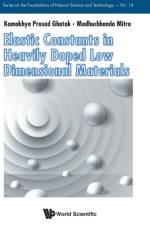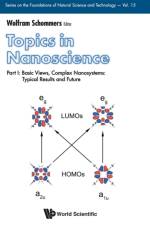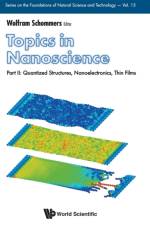von Kamakhya Prasad (Inst Of Engineering & Management Ghatak
309,00 €
The importance of the effective mass (EM) is already well known since the inception of solid-state physics and this first-of-its-kind monograph solely deals with the quantum effects in EM of heavily doped (HD) nanostructures. The materials considered are HD quantum confined nonlinear optical, III-V, II-VI, IV-VI, GaP, Ge, PtSb2, stressed materials, GaSb, Te, II-V, Bi2Te3, lead germanium telluride, zinc and cadmium diphosphides, and quantum confined III-V, II-VI, IV-VI, and HgTe/CdTe super-lattices with graded interfaces and effective mass super-lattices. The presence of intense light waves in optoelectronics and strong electric field in nano-devices change the band structure of semiconductors in fundamental ways, which have also been incorporated in the study of EM in HD quantized structures of optoelectronic compounds that control the studies of the HD quantum effect devices under strong fields. The importance of measurement of band gap in optoelectronic materials under intense external fields has also been discussed in this context. The influences of magnetic quantization, crossed electric and quantizing fields, electric field and light waves on the EM in HD semiconductors and super-lattices are discussed.The content of this book finds twenty-eight different applications in the arena of nano-science and nano-technology. This book contains 200 open research problems which form the integral part of the text and are useful for both PhD aspirants and researchers in the fields of condensed matter physics, materials science, solid state sciences, nano-science and technology and allied fields in addition to the graduate courses in semiconductor nanostructures. The book is written for post-graduate students, researchers, engineers and professionals in the fields of condensed matter physics, solid state sciences, materials science, nanoscience and technology and nanostructured materials in general.









